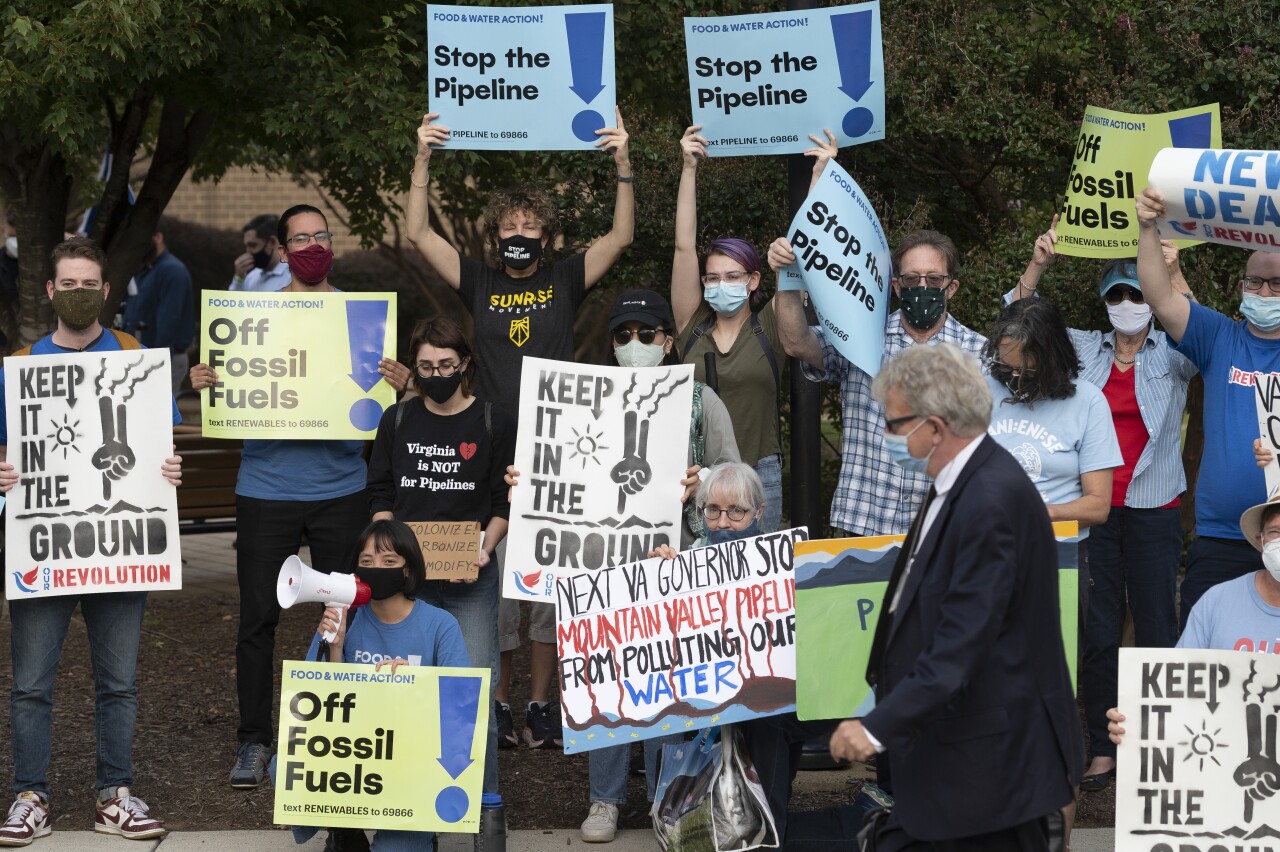CHARLESTON, W.Va. — A test failure of the Mountain Valley Pipeline in May resulted from a manufacturer defect, not corrosion, according to an independent report commissioned by its developers.
The report, completed by third-party risk management company DNV GL USA and released last Thursday, said the May 1 rupture was caused by a manufacturer’s defect in an elbow joint. The breach was the only failure during hydrostatic testing of the 303-mile pipeline, Mountain Valley owner EQT Midstream Vice President Justin Trettel wrote in a letter to the Pipeline and Hazardous Materials Safety Administration.
WATCH: Did slow leak cause hole near Mountain Valley Pipeline: ‘We would like to have it investigated’
The Mountain Valley Pipeline took about a decade to complete before it began carrying gas under high pressure in late June.
The Federal Energy Regulatory Commission approved the project across rugged mountainsides in West Virginia and Virginia over longstanding objections from environmental groups, landowners and some elected officials.
Hydrostatic pressure testing is a common tool used to substantiate the strength of pipeline systems after their installation, Trettel wrote in the letter.
No injuries were reported from the rupture, which occurred in Roanoke County, Virginia.





